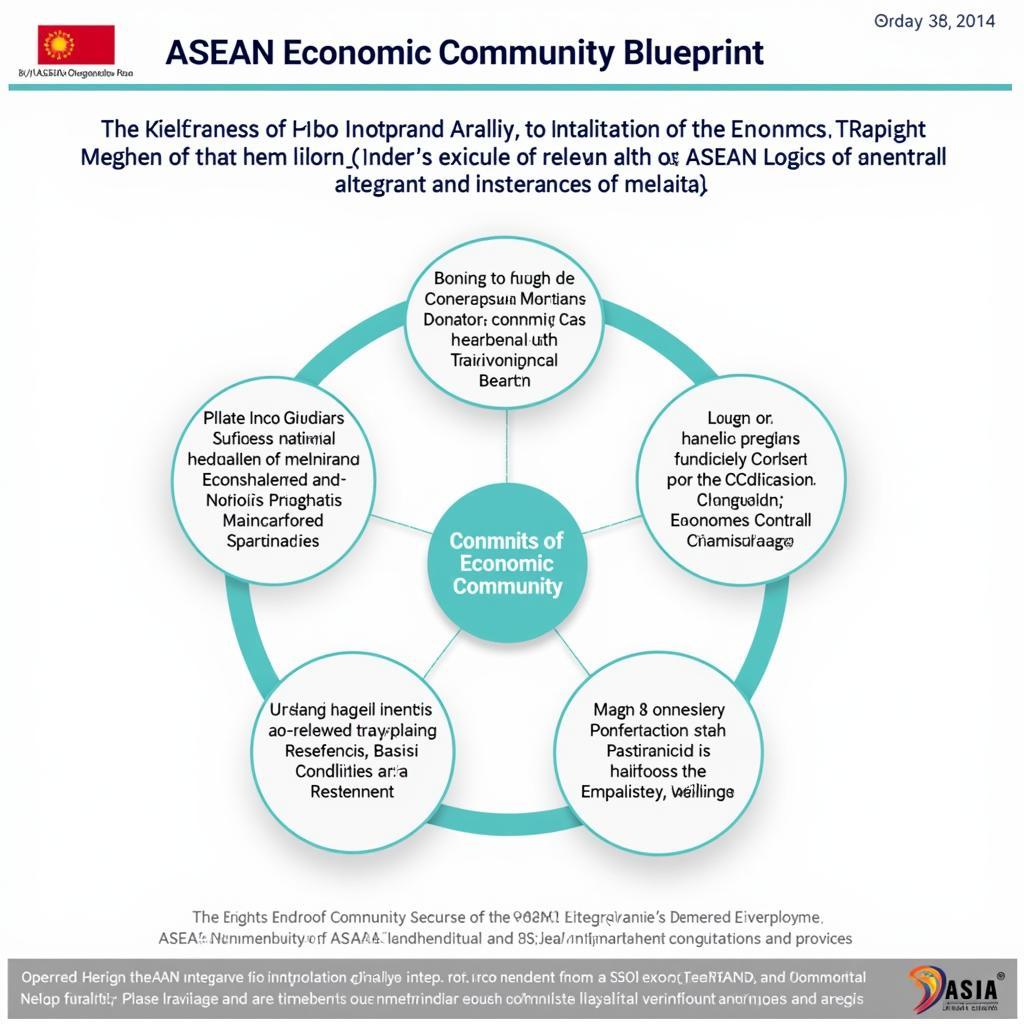The Preah Vihear temple dispute, a complex issue involving ASEAN members Cambodia and Thailand, highlights the challenges of regional cooperation and conflict resolution. This article explores the historical context, legal battles, and ASEAN’s role in mediating the conflict surrounding this ancient Khmer temple located on the border between the two nations.
A Historical Overview of the Preah Vihear Temple
Preah Vihear, a magnificent example of Khmer architecture, has stood for centuries, predating the modern borders of Cambodia and Thailand. Its location on the Dangrek Mountains, overlooking the Cambodian plains, has made it a strategically and culturally significant site. The historical claims to the temple are intertwined with the shifting boundaries and colonial influences of the region. The initial allocation of the temple to Cambodia during the French colonial period laid the groundwork for the later dispute.
The Legal Battles and International Court of Justice Ruling
The dispute over Preah Vihear escalated in the mid-20th century, leading to legal proceedings at the International Court of Justice (ICJ). In 1962, the ICJ ruled that the temple belonged to Cambodia, based on maps produced during the French colonial era. This ruling, while seemingly definitive, did not resolve the underlying tensions between the two countries. Thailand accepted the ruling regarding the temple itself, but the surrounding area remained a point of contention. This ambiguity contributed to further disagreements and occasional military clashes.
ASEAN’s Role in Mediation and Conflict Resolution
ASEAN, as a regional organization promoting peace and cooperation, played a crucial role in mediating the Preah Vihear temple dispute. The organization sought to facilitate dialogue between Cambodia and Thailand, encouraging peaceful resolutions and adherence to international law. ASEAN’s involvement underscored the importance of regional stability and the peaceful settlement of disputes among its member states. While the process has been challenging, ASEAN’s efforts have contributed to de-escalation and the prevention of further conflict. The organization continues to work towards a lasting solution that respects the sovereignty of both nations and preserves the cultural heritage of the region.
What were the main causes of the Preah Vihear temple dispute?
The main causes were the ambiguous border demarcation during the colonial period, nationalistic sentiments in both countries, and the strategic importance of the temple’s location.
How did the ICJ ruling affect the dispute?
The ICJ ruling awarded the temple to Cambodia, but the surrounding territory remained disputed, leading to ongoing tensions and intermittent clashes.
Conclusion: ASEAN and the Future of Preah Vihear
The Preah Vihear temple dispute serves as a case study for ASEAN’s role in managing complex regional conflicts. While challenges remain, ASEAN’s continued involvement is crucial for achieving a lasting resolution. The future of Preah Vihear depends on the commitment of Cambodia and Thailand to peaceful dialogue and cooperation within the ASEAN framework.
FAQ
- What is the significance of Preah Vihear temple?
- When did the ICJ rule on the Preah Vihear temple dispute?
- How has ASEAN contributed to resolving the dispute?
- What are the ongoing challenges related to the temple?
- What is the current status of the Preah Vihear temple?
- What role did the French colonial period play in the dispute?
- What are the potential future implications of the dispute for ASEAN?
For further assistance, please contact Phone Number: 0369020373, Email: [email protected] or visit our office at Ngoc Lien Village, Hiep Hoa, Bac Giang, Vietnam. We have a 24/7 customer service team available to assist you.


